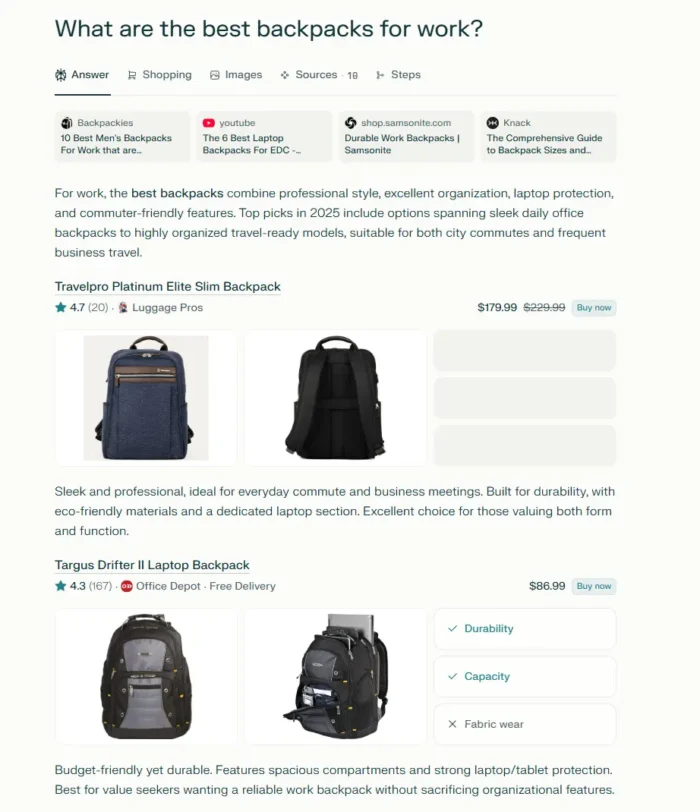Zoom Fatigue is Real: Here Are Six Ways to Find Balance
Video calls are here to stay. Here’s why it’s important to take care of yourself and your team in the age of Zoom, and mindfulness tips to help you avoid burnout. The post Zoom Fatigue is Real: Here Are...

The Covid-19 pandemic transformed the way we work, leading to a surge in the use of video conferencing tools, with Zoom being a prime example. But with this new mode of communication comes a challenge: Zoom fatigue.
What is Zoom Fatigue?
Zoom fatigue is a form of burnout caused by an excessive use of video conferencing software, particularly Zoom. About 26% of adults who frequently use video conferencing are affected by Zoom fatigue.
While video conferencing tools like Zoom have been instrumental in helping us stay connected during the COVID-19 pandemic, research shows they come with their own set of challenges. The design flaws in these tools, coupled with the cognitive load imposed by spending hours staring at hundreds of millions of pixels that represent a person, can lead to mental exhaustion.
Studies indicate that a high volume of video calls, or even just one a day, can result in some psychological consequences.
What Causes Zoom Fatigue?
Some of these challenges might seem obvious: for example, the ongoing requirement to interpret nonverbal cues, or the additional cognitive burden of having to process so much information visually. We’re constantly having to look at one another onscreen in a way that we don’t naturally do in person in order to cue that we’re paying attention—all while camera placement often means that when we’re actually looking at others, it often appears as though we’re looking away.
One such factor is the excessive eye contact experienced during video calls. This front-on view of faces on the screen simulates a prolonged gaze, unlike typical one-on-one conversation, leading to heightened focus and potential stress.
Another tiring element of video calls is the constant self-view. The continuous real-time visibility of one’s mirror image can be tiring due to the self-consciousness and heightened self-criticism it imposes, affecting our comfort and concentration.
Participating in these online meetings requires a heightened level of conscious effort to process and engage in conversations, deal with awkward silent gaps, and effectively read facial expressions on small screens.
Plus, the constraint to remain within the camera’s view limits our natural desire to move about, impeding our capacity to think and articulate freely, contributing to potential physical, cognitive, and emotional fatigue.
Physical Symptoms
Physical manifestations of Zoom fatigue include eye strain and headaches, frequently stemming from restricted movement and prolonged fixation on the screen during video calls. Using the muscles that control the crystalline lens in your eyes to focus on a computer screen for extended periods can cause discomfort.
Aside from these visual-related symptoms, a study by Harvard Business School has pointed to the following physical symptoms that can arise from extensive video conference calls:
Headaches Visual fatigue Body aches due to limited mobility during Zoom meetings, as individuals may need to maintain a fixed position to stay within the camera framePsychological Symptoms
On the psychological front, Zoom fatigue can lead to a heightened sense of self-consciousness, particularly known as mirror anxiety, that may arise from focusing on self-presentation and one’s own video image during calls.
Another symptom is disengagement, characterized by emotional exhaustion, decreased energy, and the urge to withdraw from work and seek rest.
How to Limit Zoom Exhaustion & Find Balance
A simple method to fight Zoom fatigue is to take a few moments before initiating a call to calm and focus your attention. Other strategies include:
Greeting everyone in the call with full attention Choosing “speaker view” in Zoom for better focus on the person speaking Avoiding multitasking during the call Taking measured breaks between calls Reminding yourself that online communication is a new experienceVideo calls fall into a space somewhere in between presence and absence that we’re still collectively learning about. The best ways to find balance ultimately come down to listening to your body, taking breaks when you need to, and being kind to yourself if you feel symptoms of fatigue.
Grounding Exercises for Zoom Meetings
Grounding exercises during online meetings can also serve to decrease fatigue by helping us to be more present in the moment. These exercises can:
Bolster concentration and mindfulness Cultivate stronger connections Augment focus and emotional intelligence Relieve stress Boost energyGrounding exercises can include:
Creating an intention for the session Incorporating movement and body awareness Practicing breathing exercises and intentional mindful momentsHere at Mindful, we like to incorporate a quiet one- to two-minute “Mindful Moment” before we start large meetings. When everyone has logged on to the call, we invite participants to settle into a minute or two of quiet meditation. Participants can choose whether they leave their camera on during this time or turn it off for some privacy. This practice allows us to fully transition from our previous task to the meeting at hand and let go of any tension from our work day.
Adapting to a Remote Work Environment
As we transition into the post-pandemic era, the Zoom call is expected to maintain its prominence in our work environment, so workplaces need to recalibrate their communication strategies in alignment with this shift.
One way to do this is by conducting a meeting audit with the team to evaluate the necessity of meetings. From there, we can cancel meetings that aren’t essential, or reduce the list of attendees to only those who are really needed. Another strategy is to enable participants to only attend the segments of the meeting that are pertinent to them, whether face to face or virtual.
Ultimately, as we aim to achieve a more balanced communication experience the key is to continue fostering a culture of mindful communication and respect for personal time and space.
Frequently Asked Questions
Why is being on Zoom so tiring?
Being on Zoom can be tiring due to increased cognitive load, constant self-evaluation, and limited mobility during video calls.
How do you reduce virtual meeting fatigue?
Consider shortening meeting times to give people more time back and increase effectiveness. Also, take breaks between meetings and limit the number of back-to-back virtual meetings as much as possible.
What are the symptoms of virtual fatigue?
The symptoms can include feeling exhausted, difficulty concentrating, and increased stress.
What factors contribute to Zoom fatigue?
Excessive eye contact, constant self-view, cognitive load, and limited mobility during video calls.
How can I prevent Zoom fatigue?
Pay attention to the length and frequency of meetings and cut down the time spent in video calls as much as possible. Listen to your body, take breaks when you need to, and incorporate mindfulness into your meeting to help you stay present.

 Astrong
Astrong 
































